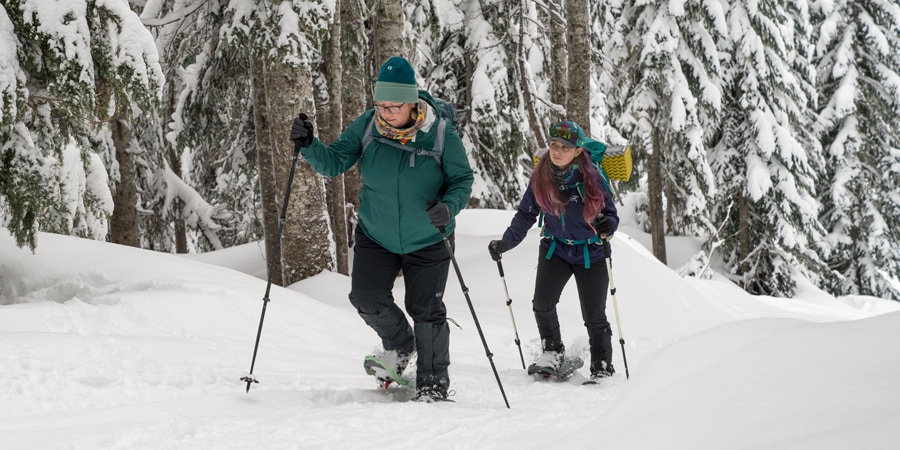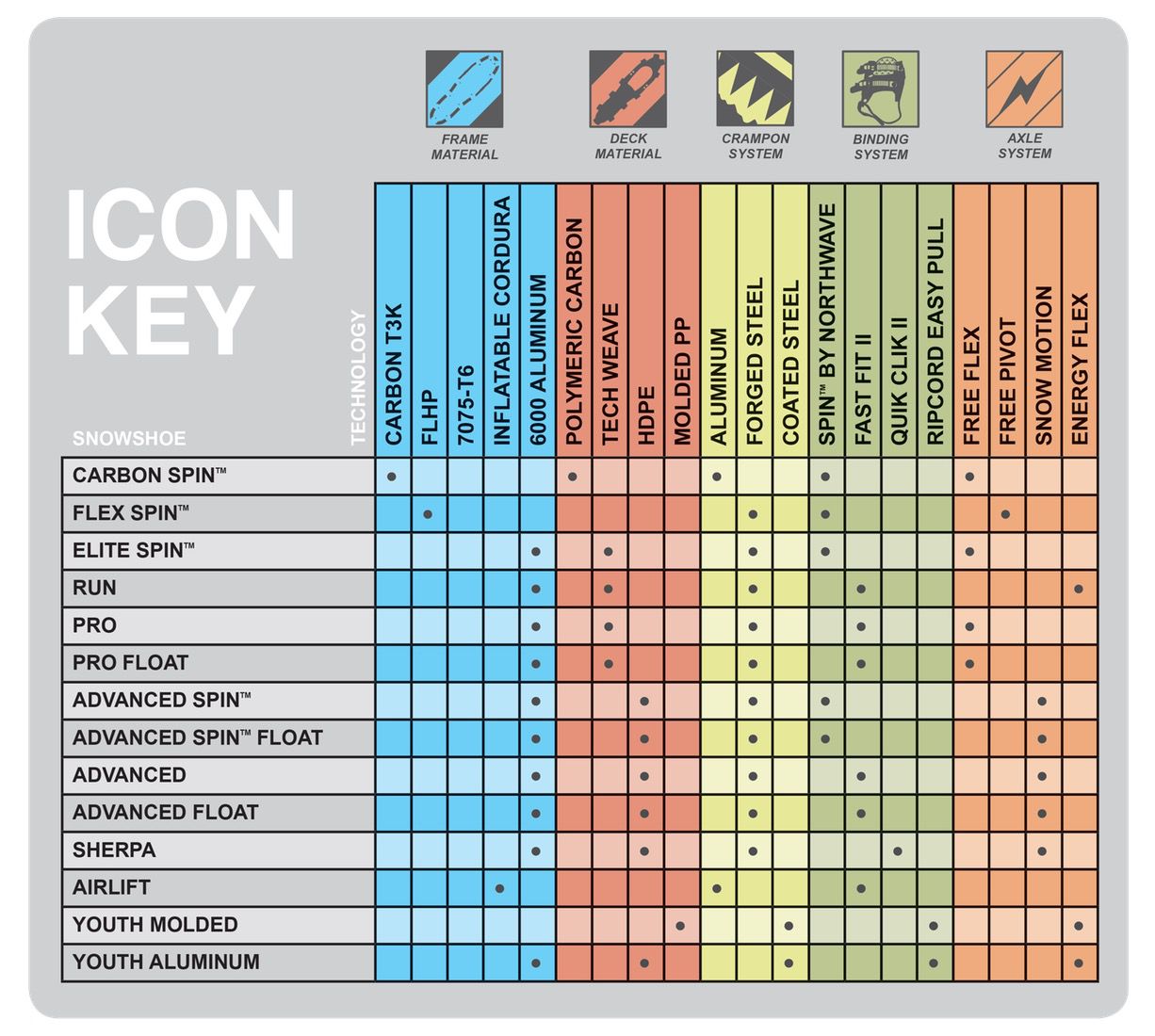
Ive gotten some good info on this forum and other places online but its still unclear to me if its better to use ropes or poles to pull it with snowshoes and also what is a good length for those ropespoles. The components are as follows.

90 degree angle in the arm when your pole is at a 90 degree angle with the ground.
Pole length for snowshoeing. Im sharing Dougs respose from a PM. My snowshoe poles are usually 5 cm longer than typical trekking poles. However I usually run my trekking poles long for using the nordic walking push-off style for summer use so theyre already about 5 cm long-.
How to Choose the Right Length Ski Poles. The traditional method of choosing the correct length ski poles is to turn the ski poles upside down and hold them underneath the basket. In this position your arms should be at a 90 degree angle when your upper arms are at your sides.
Some skiers may prefer to use longer or shorter poles. Snowshoe poles differ from regular old ski poles in that they have a telescoping shaft which allows the snowshoer to adjust the length of the pole. Think trekking pole only with a basket.
The components are as follows. Grips with straps telescoping shaft baskets which allow the pole to float on top of the snow and tips. MSR snowshoe tails allow you to take advantage a smaller base pair of snowshoes for optimal ease of walking and to add tails for more flotation on-demand.
If 22-inch snowshoes suit you for most trail and snow conditions adding a pair of tails will likely cover the extra weight youll carry on that winter backpack you have planned or help float you through. To set your pole length for flat terrain flip your pole upside-down and grab the pole just under the basket. Adjust the length until your elbow is at a right angle.
Put your hands up through the pole straps from below. This allows you to rely on the straps alone when you need to relax your grip in order to give your hands a brief rest. Pole Basics for Snowshoeing.
In most snowshoeing conditions the pole tip will sink to some extent into the snow and gain purchase at a deeper point underfoot than if you were walking on solid ground. Therefore poles for snowshoeing should be set at a longer length than trekking. When hiking on flat terrain the perfect length for your poles should be a length that allows you to bend your arm at approximately 90 degrees when holding the pole straight up and down at a 90 degree to the ground when the tip is touching the ground.
90 degree angle in the arm when your pole is at a 90 degree angle with the ground. Snowshoe poles help keep you balanced allow your upper body muscles to take a portion of the effort away from your legs and help give you rhythm while snowshoeing in powder or deep snow. An ideal length for your trekking poles while snowshoeing.
If you happen to have a shelter that uses trekking poles to hold it up sometimes you need to be able to set your poles to a different height. Some people also like to lengthenshorten their poles depending on whether they are going down or up hill. If your shelter doesnt require them I think the answer is Ski poles are fine.
Im creating a couple of pulks for snowshoeing. Ive gotten some good info on this forum and other places online but its still unclear to me if its better to use ropes or poles to pull it with snowshoes and also what is a good length for those ropespoles. For the trip we have planned we will be pulling partly on a groomed trail and partly in.
When you Nordic walk with snowshoes your technique will vary. On fairly flat terrain on a packed trail you will pole cross-country skiing style with your poles on about a 45 angle behind you pressing down and back on the handle to powerfully use your arms shoulders and core muscles to assist with propelling you forward. The experts at REI explain the basic features and uses of snowshoe poles.
Check out REIs selection of trekking poles and hiking staffs at. Adjustable length for varying conditions. To use poles why snowshoeing adjust the length so with elbows bent at a 90-degree angle you lower arms are parallel to the ground.
As you walk swing the pole opposite of the foot moving forward and plant into snow. Alternate pole plants as stride increases. To double check that the pole length is right for your body flip the pole upside down and hold it right below the basket make sure the grip is on the floor.
For all-mountain or downhill skiing if your elbow is bent at a 90-degree angle then its the correct size for you. Remember to wear your ski boots when you do this. Two-piece poles might be a tiny bit lighter though.
The length of three-piece poles is also much more customizable than that of two-piece poles. This could be useful particularly when snowshoeing in the mountains. For example ascending steep slopes is easier with shortened poles.